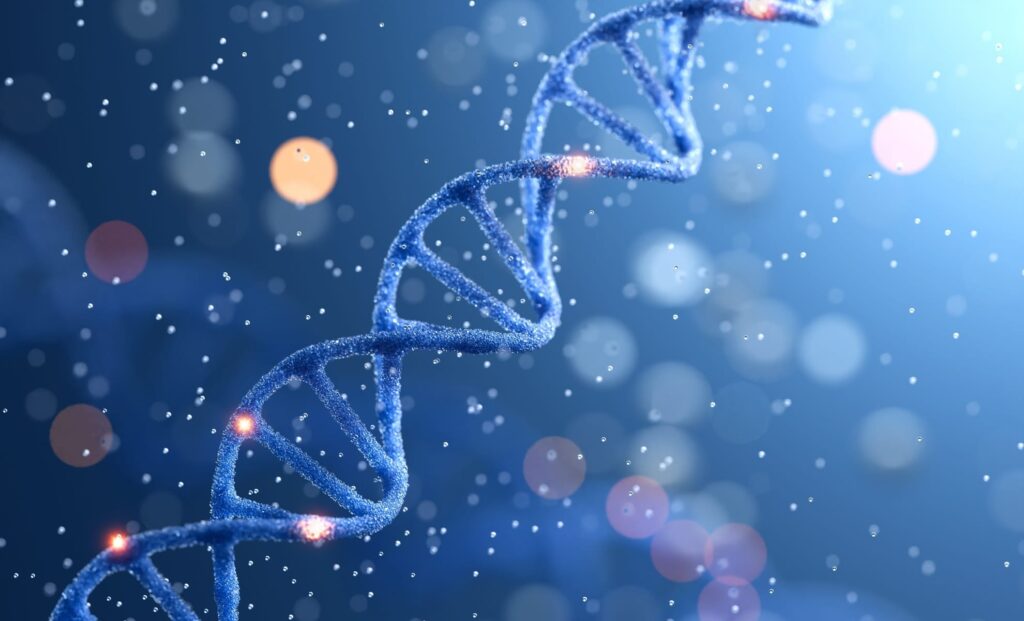The study, led by the University of Tübingen and published in Nature Ecology & Evolution, marks a major advance in ancient DNA recovery. It challenges long-held assumptions that genetic material can only survive for millennia in frozen or sheltered environments like caves or permafrost. Instead, the Schöningen site, known for its well-preserved wooden tools, is now the backdrop for an equally remarkable preservation of genetic material—this time, from a long-extinct equid.
Located in Lower Saxony, the Schöningen site first gained attention in the 1990s when lignite mining exposed an unusual collection of Paleolithic wooden spears. Alongside these artifacts were fossilized remains of at least twenty horses. While the site’s exact age is still debated—some estimate 300,000 to 400,000 years—researchers agree on the significance of the new find: horse bones so well preserved in carbonate-rich, oxygen-poor mud that they retained viable DNA across millennia.
Equus Mosbachensis Brings Ancient Europe to Life
The recovered genome belongs to Equus mosbachensis, an extinct horse species that lived in Europe during the Middle Pleistocene. According to the researchers, this species was part of an evolutionary branch that diverged from the ancestors of modern horses around 800,000 to 900,000 years ago, during a major migration across the Bering Land Bridge from North America into Eurasia.
Unlike today’s domesticated horses, E. mosbachensis left no direct descendants. The DNA now helps to map its position in the equine family tree, offering clearer boundaries between ancient lineages. “Our study’s aim was to clarify the position and origin of Equus mosbachensis in the equine family tree and to better understand the genetic relationship to today’s horse,” said Arianna Weingarten, a doctoral researcher at the University of Tübingen and co-author of the study, as cited by Popular Mechanics.
This sample now becomes the oldest DNA ever extracted from an open-air archaeological site. Until this point, the record was held by a 240,000-year-old Eurasian elephant genome. Despite lacking the shelter of a cave or permafrost, the Schöningen specimen yielded an intact mitogenome, thanks to the anaerobic and mineral-rich conditions of the sediment.

Ancient Hunting Scenes Preserved in Soil
The Schöningen site has long served as evidence of complex behavior among early hominins, likely Homo heidelbergensis or Homo neanderthalensis. The proximity of the horse remains to wooden spears strongly suggests a coordinated hunt, perhaps taking place along a lakeshore where animals could be cornered. According to the University of Tübingen team, the bones of at least 20 horses were discovered in direct association with the weapons.
Weingarten noted that this concentration of hunted horses alongside tools provides “impressive evidence of the close relationship between humans and horses long before they were domesticated.” The animals were likely butchered on site, their remains quickly buried in the mud—protecting both bone and DNA from further decay.
This interpretation reinforces existing views of early humans as capable hunters with environmental awareness and tool usage skills. It also positions horses not only as prey but as significant elements in the subsistence strategies of ancient hominins living in central Europe during the Pleistocene.
Genetic Preservation Where No One Expected It
Recovering DNA in conditions previously thought inhospitable adds an unexpected dimension to archaeological genetics. Cosimo Posth, one of the study’s lead authors, emphasized that the results “show that, surprisingly, even in seemingly unfavorable environments, such as open-air excavation sites, extremely ancient DNA can still survive and be recovered.”
According to Popular Mechanics, the study opens new possibilities for studying the evolutionary history of species outside traditional cold-preservation contexts. Other open-air sites, once dismissed as unsuitable for DNA work, may now warrant re-examination.
Although the dating of the site remains debated—one 2024 paper published in Science Advances revised its age down to 200,000 years—molecular dating of the equine mitogenome suggests an older estimate of around 360,000 years. This inconsistency underscores the challenges in pinning down exact timelines, but doesn’t diminish the genetic significance of the find.

